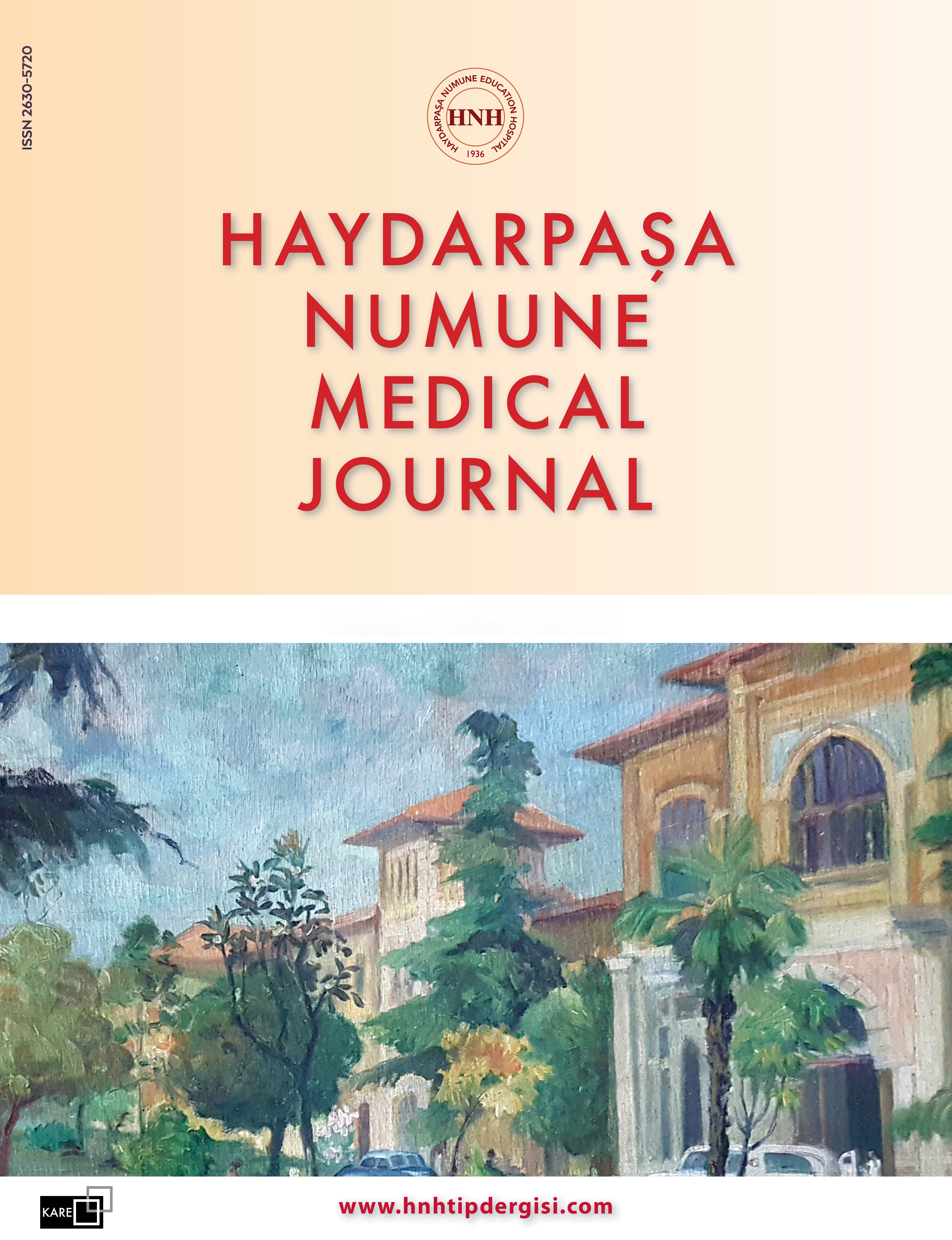Diagnostic Use of Endobronchial Ultrasound (EBUS) Guided Transbronchial Needle Aspiration (TBNA) in Intrathoracic Tuberculosis
Merve Sarı Akyüz1, Olgun Keskin1, Nilay Çavuşoğlu Yalçın2, Muharrem Özkaya21Department of Pulmonology, Antalya Training and Research Hospital, Antalya, Türkiye2Department of Thoracic Surgery, Antalya Training and Research Hospital, Antalya, Türkiye
INTRODUCTION: Endobronchial ultrasound-guided transbronchial needle aspiration (EBUS-TBNA) is widely used for sampling mediastinal and intraparenchymal lymph nodes. This study aims to determine the diagnostic sensitivity of EBUS-TBNA in tuberculosis (TB) diagnosis and to establish the optimal number of punctures required for accurate sampling.
METHODS: Patients who underwent EBUS-TBNA as the initial diagnostic procedure between August 2020 and October 2023 in the pulmonology clinic were retrospectively evaluated. The study included patients with pathological findings of granulomatous lymphadenitis and a confirmed TB diagnosis. Biopsy materials were analyzed for acid-fast bacilli (AFB), mycobacterial culture, PCR results, and pathology reports.
RESULTS: Among 595 patients who underwent EBUS-TBNA as their initial diagnostic procedure, 101 (16.9%) were diagnosed with TB. Of these, 72 patients (71.28%) were diagnosed directly via EBUS-TBNA, whereas additional bronchoscopic procedures were required for 29 patients (28.72%). The mean size of the sampled lymph nodes was 1.9±0.4 cm, with an average of 5.46 aspirations performed per lymph node. The prevalence of TB among patients who underwent EBUS-TBNA was 16.9%, and the sensitivity of EBUS-TBNA in diagnosing TB was 71.28%.
DISCUSSION AND CONCLUSION: EBUS-TBNA is a safe and effective method for diagnosing intrathoracic tuberculous lymphadenitis. An average of five punctures per lymph node provided an optimal sample size for microbiological evaluation, thereby enhancing diagnostic performance.
Manuscript Language: English
















